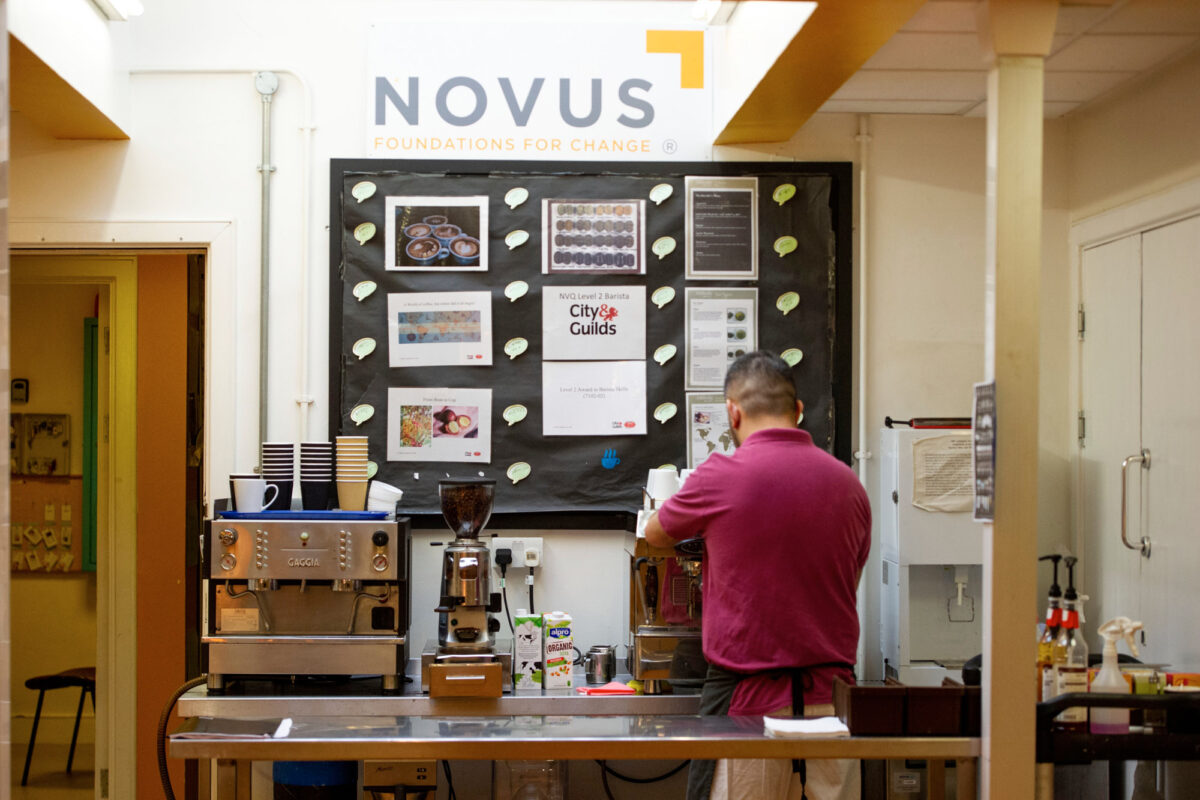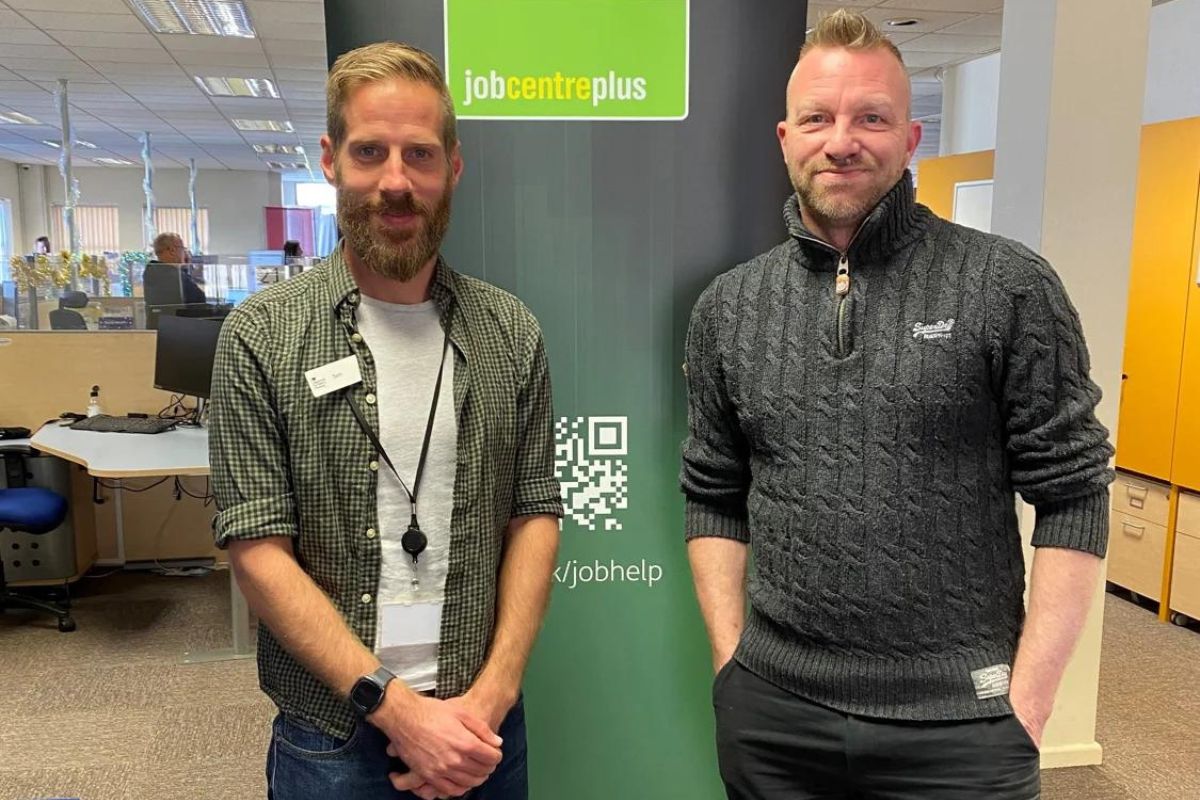Why Colleges should prioritise ‘clean’ data to ensure effective marketing efforts

In this article, Adam Herbert, shares valuable advice and highlights the importance of using ‘clean’ data by educational marketers.
In its simplest form data is any kind of information that’s recorded. The data that Go Live Data holds, consists of company information which happens to be the best UK data there is currently available. This is because we pull it together along with a host of details about a company, which our clients then use as part of their targeted marketing campaigns.
Educational Marketing with AI-Powered Strategies
For educational establishments wanting to expand their student intake, a strategy involves the implementation of impactful channels, such as email, QR or social media. At Go Live Data, we employ cutting-edge AI technology and apply high-level intelligence to our platforms, empowering colleges and higher education providers to execute meaningful communications, using the top-quality data of companies and their people that we provide.
When partnering with us on a campaign targeting potential students, the initial three months focus on determining the most opinion-led marketing approach and its implementation. Subsequent months adopt a more sophisticated, scientific approach. The team delves into client statistics and data, providing detailed insights into website interactions, including the reasons for visits, pages viewed, duration of stay, and more.
In the subsequent phase, we will scrutinise trends within the education sector, exploring innovative ways to elevate a clients’ marketing efforts. This could involve online engagement, email communication, or other tailored approaches best suited to you. Strategies might include offering relevant incentives such as course-specific rewards, discounts, free consultations, or invitations to specialised open days.
An illustrative example of how a college might use a marketing campaign underpinned by ‘clean’ data, would be to capitalise on government funding initiatives. Take for instance the recent funds offered for heat pump apprenticeships, by the Microgeneration Certification Scheme and the Institute for Apprenticeships and Technical Education (IfATE), which also means colleges can receive up to £22,000 for every heat pump apprentice they train. So from a strategic marketing standpoint, this presents the opportunity to attract a much larger cohort of apprentices to the college.
To leverage this effectively, the college could employ targeted marketing strategies by using specialist technological platforms, ensuring the use of accurate and refined data at all times. From there, it could identify and engage with thousands of businesses in a chosen geographical area, through a very tailored and targeted approach.
Precision Marketing Strategies for Colleges
Applying advanced technology enables us to identify every relevant business within a particular radius of a college’s location. While the college may possess its own data, it’s highly likely that it’s out-of-date, inaccurate, or both. Moreover, the existing database may only encompass a fraction of the actual businesses available.
Platforms like ours excel in this context. They can not only reveal approximately 25,000 businesses within a radius, but provide precise details about key individuals within them. This capability transforms it into a powerful marketing tool, providing the college with a targeted marketing strategy with results to support that.
As with most marketing, time is of the essence as strategically planned activities are scheduled, or done on a reactive basis. With so much going on within marketing departments and time sensitive campaigns to start working on, it’s essential to have access to accurate and ‘clean’ data in time for any campaign, which can be provided within as little as three-five working days, depending on the data company you’re working with.
For more information visit here.
Adam Herbert, CEO and co-founder of Go Live Data











Responses